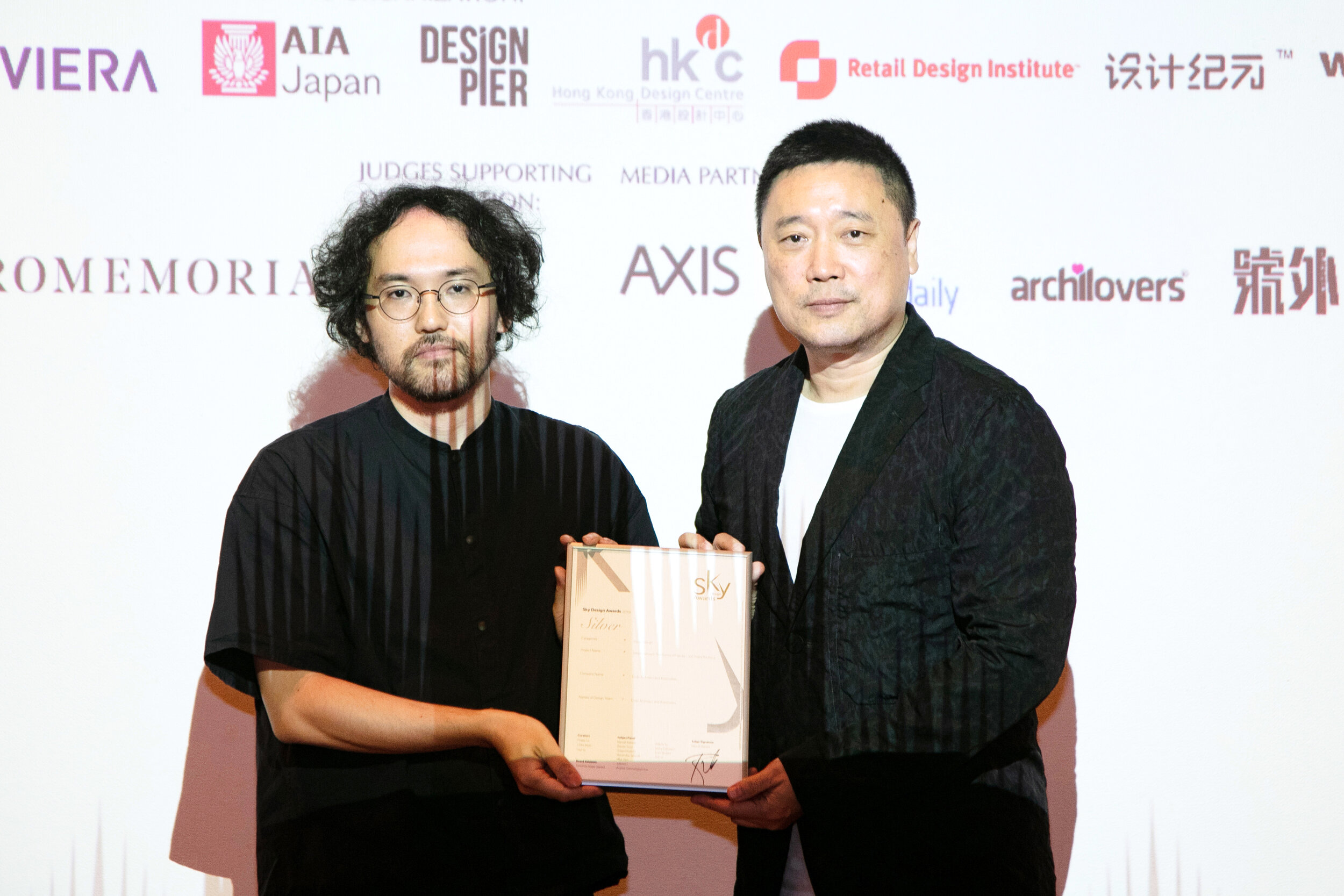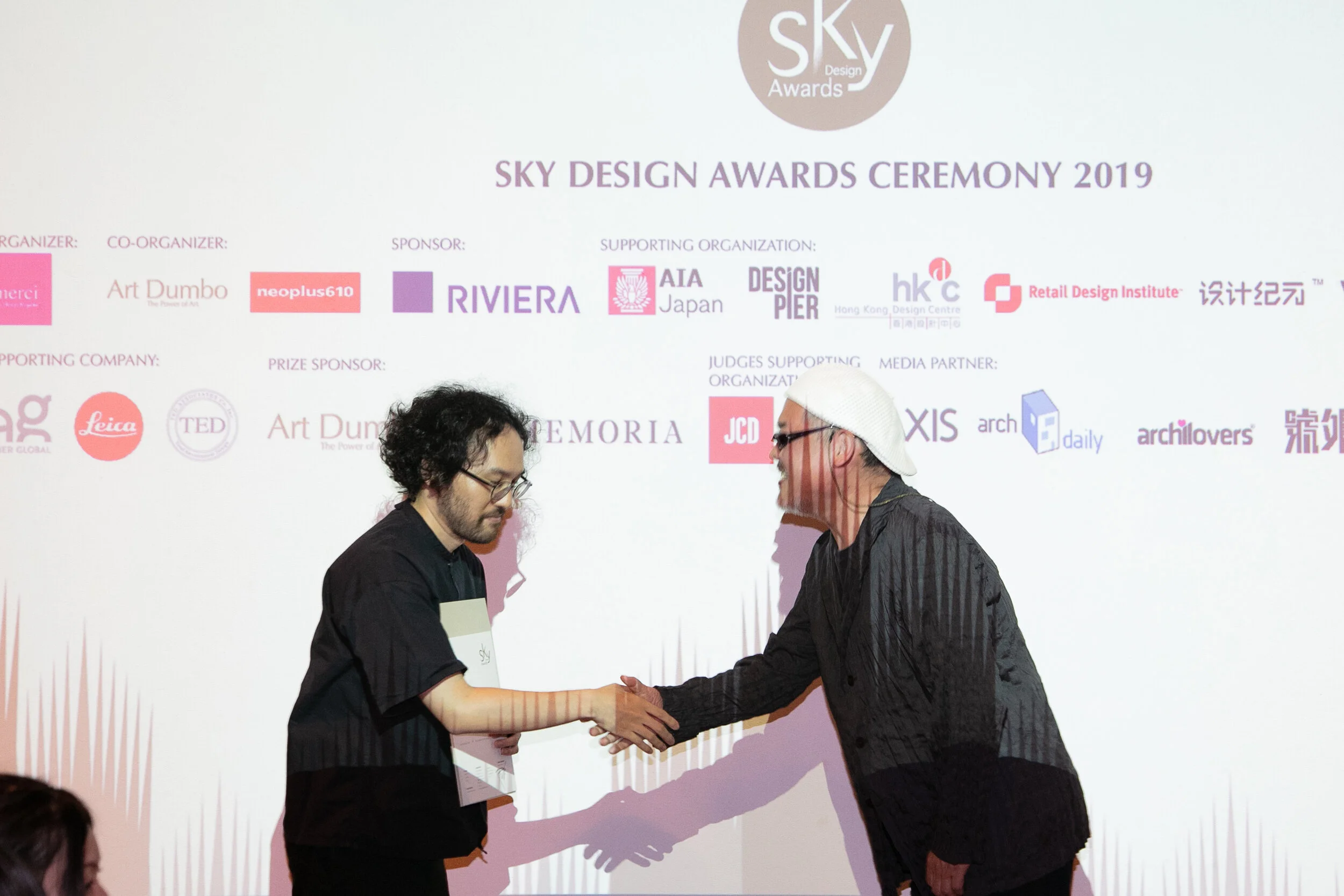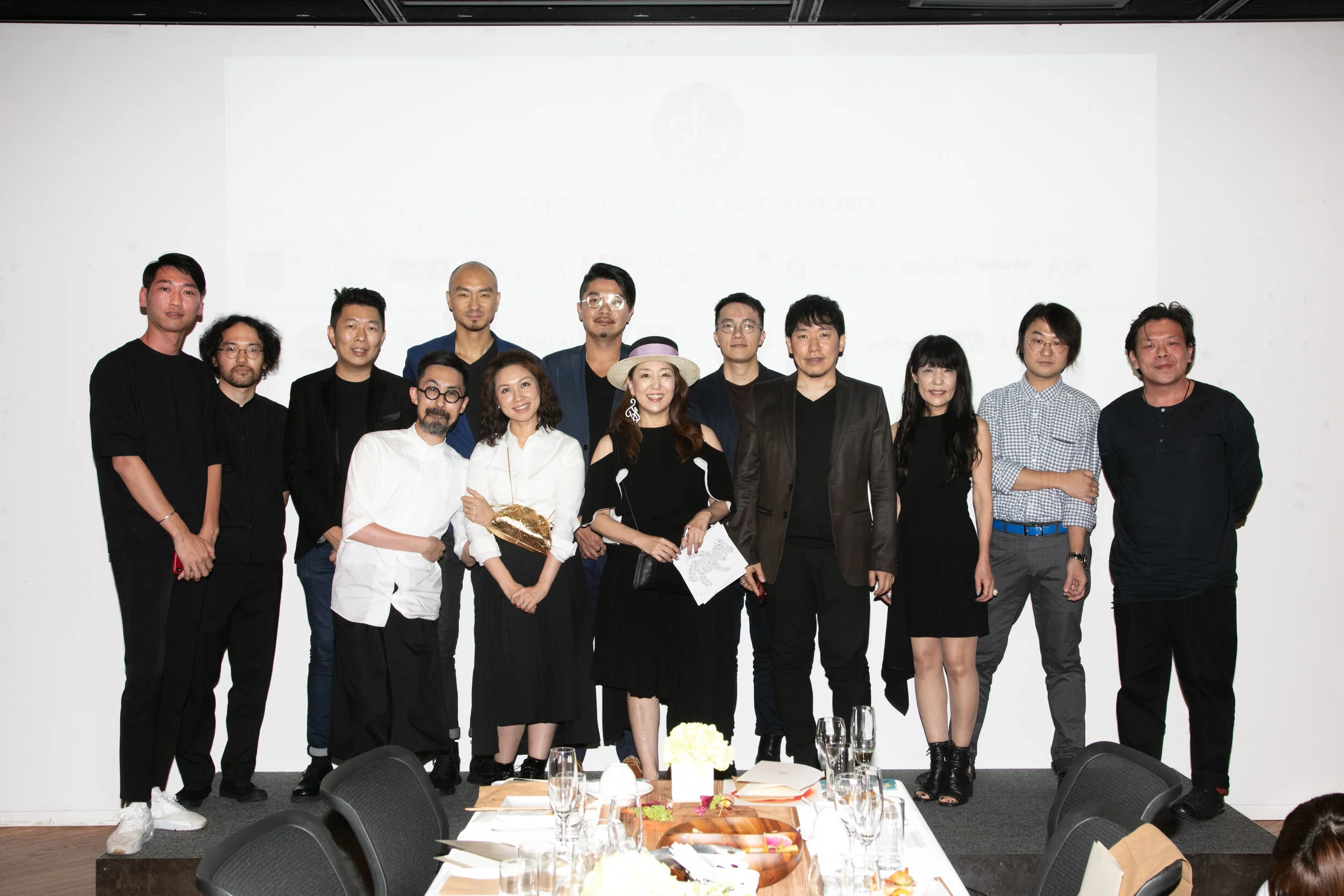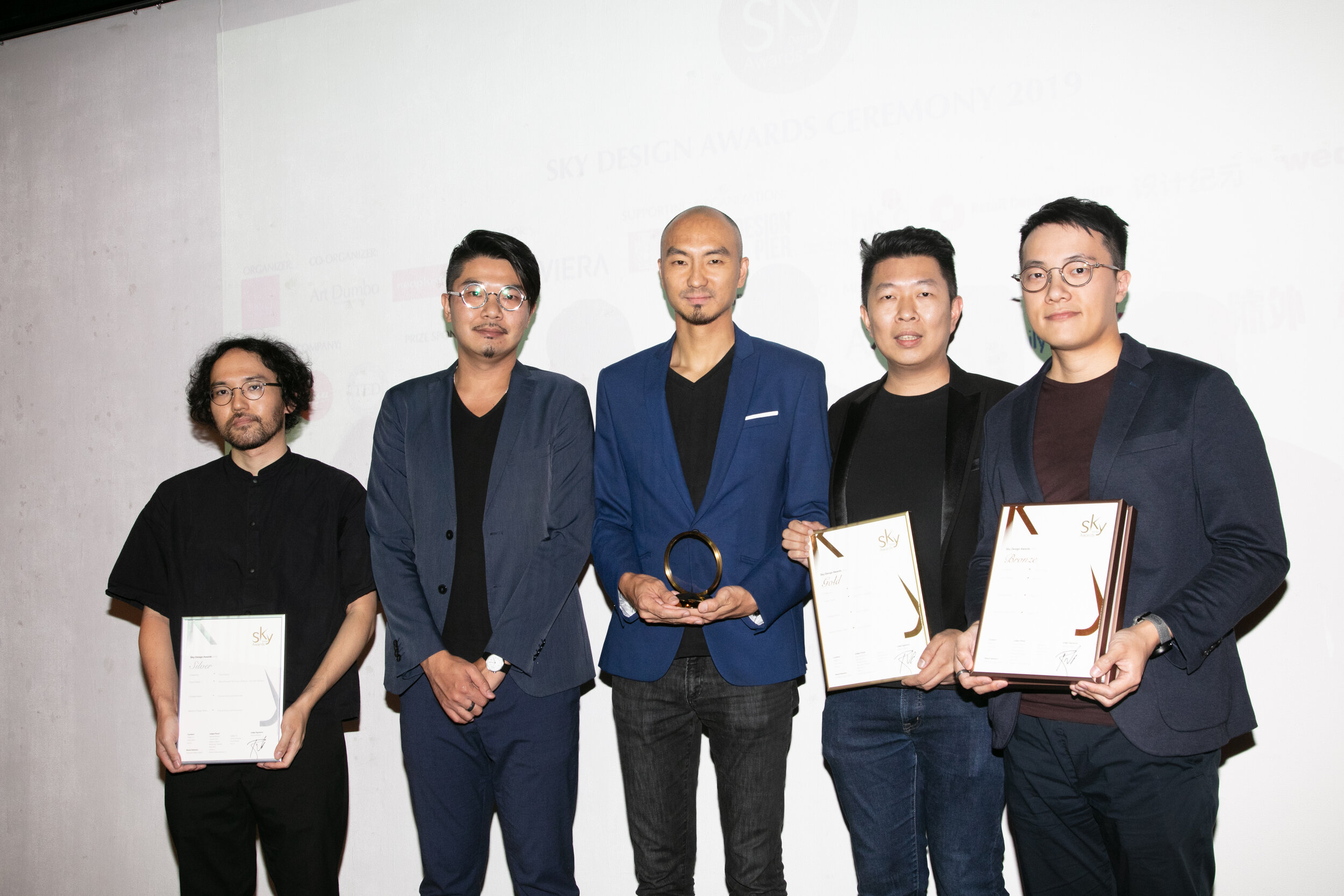Silver
Endo Architect and Associates
This is an exhibition design for a world-class photographic festival presented in Kyoto, in Japan. This International Photography Festival is held annually over four weeks during the height of the spring tourist season in Kyoto, in a style that is unique in Asia. Exhibitions are spread across the city, staged creatively in various traditional and contemporary settings. or the 7th edition of the festival, we have designed the “The Forms of Nature—100 Years Bauhaus” exhibition space at Ryosokuin among the 11 venues. Set in a large study and tea room surrounded by Chisenkaiyushiki Garden, circulating spring water pond, this exhibition’s design seeks to enable an appreciation of Alfred Ehrhardt’s nature photography and the garden scenery as one. In Germany, Ehrhardt has been making every effort to demonstrate that “the richness of natural forms does not come from chaos but is evidence of a design that does away with all things unnecessary,” an endeavor he wishes to display in the bare interior of Kyoto’s oldest Zen temple.





Celebrating the 100th anniversary of the Bauhaus, the festival presents the first Japanese exhibition of Alfred Ehrhardt (1901-1984), a major photographic artist of the German avant-garde. Before he started his career as a photographer, he was also a composer, painter, and a filmmaker. He studies in Bauhaus on 1928-1929 then he moved to Hamburg where he was taking an important role in its artistic life. But he was dismissed from his teaching post after the National Socialists sized power then he moved to Cuxhaven near the North Sea, where he started his new vocation as a photographer. His remarkable series “Das Watt” (“The Tidelands”) was created in there.
We have carefully studied various plans to install this German photographer’s works of art in the oldest Zen temple in Kyoto. We placed “Das Watt” series on large panels in Oojoin, main room, in a low setting so they could blend into the scenery and be as part of the landscape. Visitors find the photography exhibited at low position and the garden makes up as one beautiful picture in front of them. This design aim to have Zen philosophical view implemented in a way to have macrocosms and microcosms respond to each other. Since the panels captures dull monochrome light, we changed the tatami mats to dark gray so that the visitors will not be disturbed by the saturation nor light intensity in the room.
Ehrhardt’s “Cristaux” (“Crystal”) series were shown in the two teahouses, Suigetsutei and Rinchitei. Inside the Suigetsutei, we designed a photography to be displayed on kakejiku, a hanging scroll so that the visitors can see it through the tiny circle window. It’s like a camera obscura that has been installed in the teahouse. At the other teahouse, Rinchitei, we designed the photography as a byobu, folding screen. Enlarged crystal photography were placed in the teahouse, making a beautiful contrast with the group of stones arranged in the garden expresses that any objects designed by nature can cross the scales.
For more information, please visit: http://www.j4f.com/eaa/





